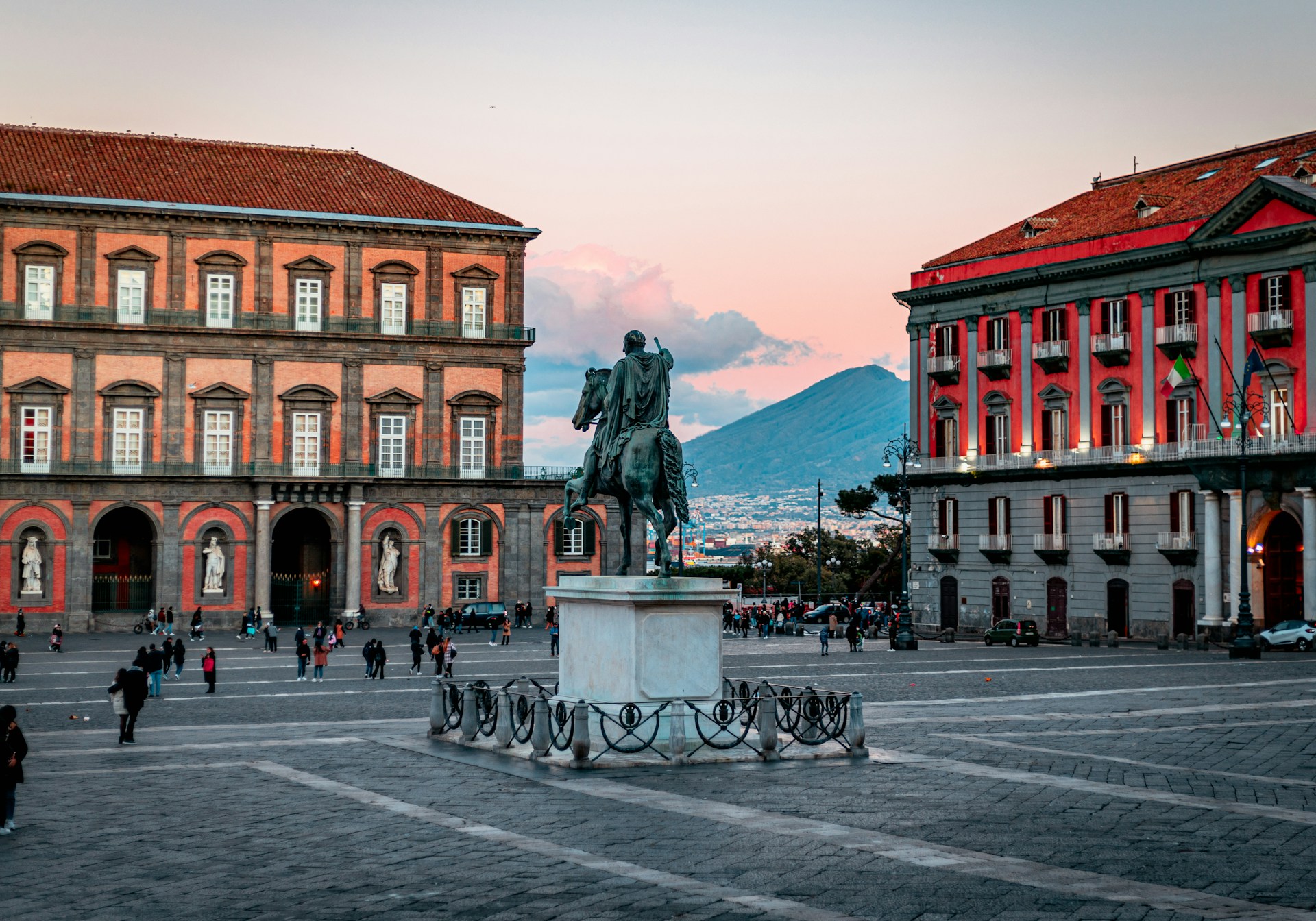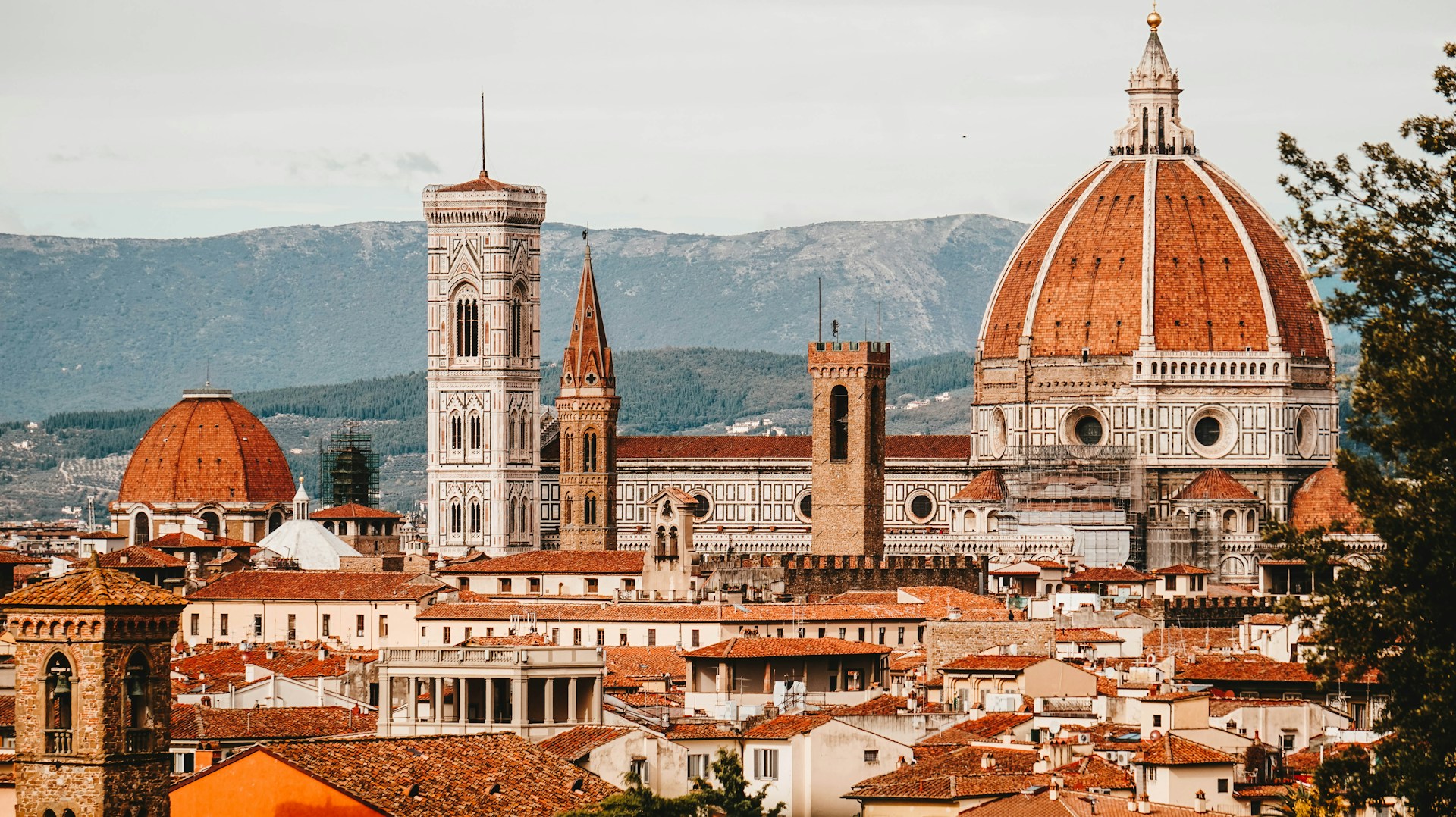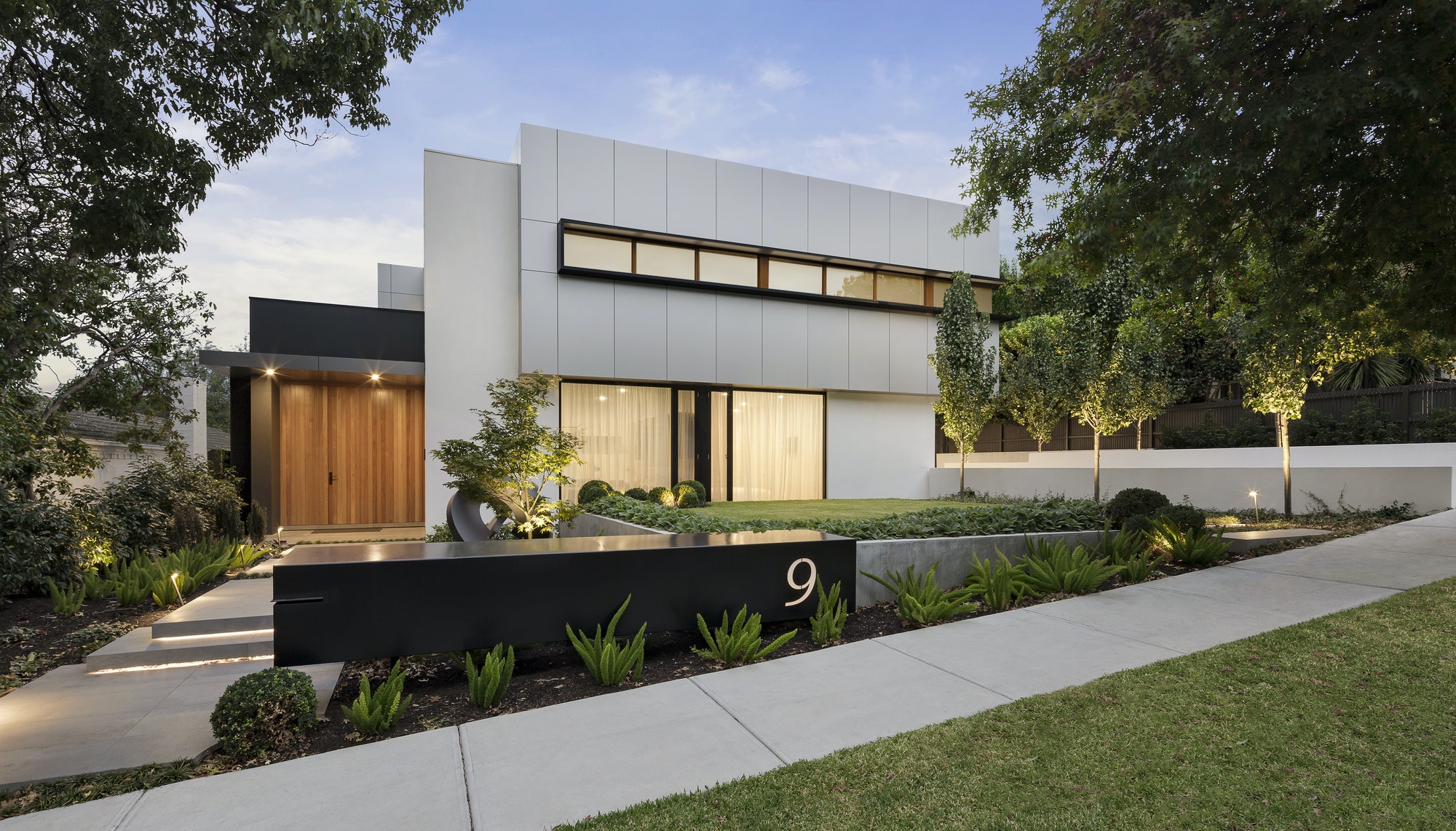Naples, the biggest city in Southern Italy, is as Baroque as they come. In art history, the term Baroque defines a style of art, architecture, and music that was popular in the 17th and early 18th centuries and was famous for its excessive ornamentation. But the term itself may come from the Portuguese barocco, which meant a flawed pearl. Naples is undoubtedly that. This ancient city is chaotic and run-down and crumbling, and nothing here seems to work the way it should. And yet that’s indisputably part of its beauty and charm.
During the Baroque period, Naples was ruled by Spain, and many of the city’s most famous buildings and monuments date back to this period. In the early 18th century, Naples came under the rule of the House of Bourbon, and the new king set about putting his mark on the city with a variety of impressive palaces, churches, and works of art. This has left Naples with an incredible legacy of Baroque art and architecture, so it’s a perfect place to explore to learn more about this tumultuous chapter in European history.
Pro-tip! There’s Bounce luggage storage service in Naples where you can drop off your bags and set out to explore the rich art and history of the city. Along the way, you’ll get to know the city in all its flawed glory.
San Carlo Theater
One of the oldest and grandest opera houses in Italy – which is really saying quite a lot – the Teatro di San Carlo occupies a prominent position in the historic heart of Naples and has been the beating heart of the city’s culture for centuries. It still occupies the same building that has housed it since 1737, making it the oldest continuously used opera venue in the world. This was a time when Neapolitan opera was hugely popular around the world, and San Carlo quickly became its spiritual heart.
Some of the biggest names in classical music played in this theater, including famous castrato Farinelli, Rossini, Donizetti, Toscanini, and renowned singer Enrico Caruso. Seeing a show here allows you to experience the nightlife of Naples the way it was during the city’s glorious Baroque period, but even if you can’t get to a performance, you can take a tour of the theater during the day and learn more about the stories of composers, performers, and Neapolitan royalty who made the theater what it is today.
San Gregorio Armeno
Naples is packed with impressive churches that subscribe to the Baroque ethos that more is more. In fact, it can be difficult to choose just one to visit. However, San Gregorio Armeno is an excellent choice if you want to see some of the most glorious Baroque church architecture the city has to offer.
San Gregorio Armeno started out as a small temple back in the eighth century, but the current church was built in 1574 and extensively refurbished in 1762. The exterior of the church is relatively austere by Baroque standards, which leaves visitors entirely unprepared for what’s inside. Priceless paintings by Paolo de Matteis and Giovanni Bernardo Lama compete with the dramatic architecture and gilded ornamentation to make the church’s interior absolutely dazzling. Dripping with gold, silver, and marble, this church is an absolute feast for the senses, and it can be overwhelming at first. If you want to see what the Neapolitan Baroque was all about, there are few better places than this.
And don’t miss the cloister with its stunning marble fountain.
Palazzo Reale

Naples’ Royal Palace dates back to the early 17th century and occupies a prominent position on Piazza del Plebiscito right next to Teatro San Carlo. This palace was one of the main residences of the Bourbon rulers of Naples, and its late Baroque construction makes the palace a great place to encounter the extravagant ornamentation the era was known for.
Functioning now as a museum, you can wander the halls of the Royal Palace and see art and furnishings from the Baroque period of the city’s history. The palace will also give you a better sense of the history of the city, and you can learn a lot from a visit here.
Pieta de Turchini Center for Early Music
The Baroque wasn’t just about architecture and painting. This was also a hugely significant time in the development of European music, and Naples was at the forefront of changing musical fashions. Now, the Pieta de Turchini Center for Early Music keeps this legacy alive by conducting research and staging performances of Baroque music.
Keep an eye on the foundation’s website to see if you can catch a performance of Baroque music by these talented individuals. Hearing the sounds of the era, especially in one of Naples’ grandiose Baroque churches, is the perfect way to immerse yourself in the extravagant glory of the Baroque.
Pio Monte della Misericordia

Michelangelo Merisi di Caravaggio is one of the most important painters of all time. Active in the late 16th and early 17th centuries, his work prefigures the high drama of Baroque painting, and his chiaroscuro approach influenced just about every artist who came after him. Caravaggio spent some time in Naples, and you can see one of his best-known works, the Seven Works of Mercy, at this church. Upstairs, a museum and art gallery displays artifacts from his life and reveals the influence he had on contemporaries and later artists.
Exploring the Baroque in Naples
In this beautiful city, the Baroque is never far away. The churches, palaces, and theaters of Naples are the perfect place to explore this important movement in art history. Leave your bags behind and step back into the glory days of the Neapolitan Baroque at these and other fascinating sites.
Discover more from Futurist Architecture
Subscribe to get the latest posts sent to your email.

![modern apartment [article_title]](https://www.futuristarchitecture.com/wp-content/uploads/2025/03/7-Playful-Ideas-to-Customize-Light-With-Top-Down-Shades-503x600.jpg)

![modern apartment [article_title]](https://www.futuristarchitecture.com/wp-content/uploads/2025/03/Rug-Placement-Tips-That-Will-Instantly-Define-Your-Apartments-Zones-900x600.jpg)